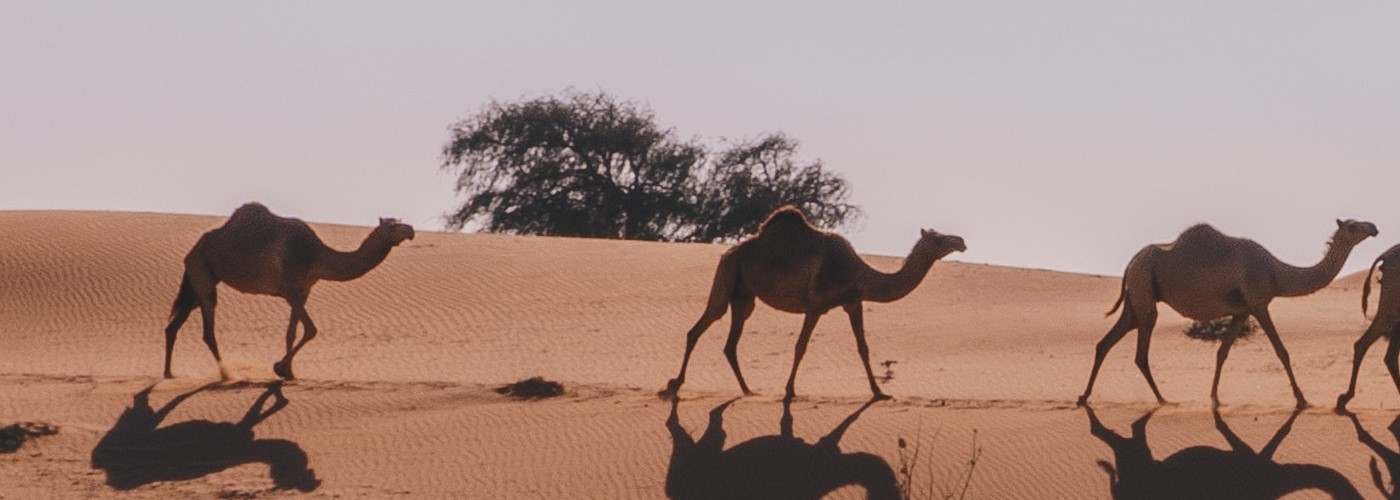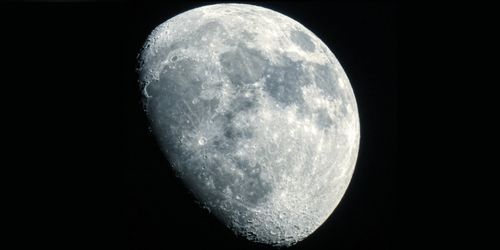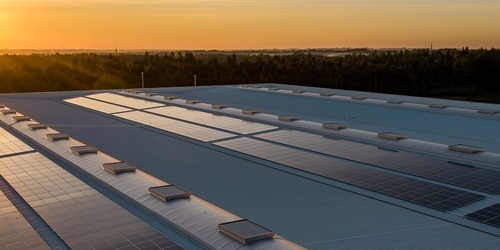

Over a billion animals have now perished due to the Australian wildfires. Those that have escaped or lived through the fires now face loss of habitat, lack of food, and no water. With the severe ongoing drought, South Australia has just experienced its hottest year ever. The previous record was set in 1999. The drought has led to a severe drop in rainfall, which humans and animals are competing for the same water source. In some cases, dead animals are even contaminating some water sources. Just recently, government authorities in South Australia called for "a camel cull" that started January 8 and included up to 10,000 camels. This caused for an outrage and backlash.
Camels were introduced to Australia in the 19th century; with Australia's arid lands, they have thrived. Their numbers have grown and are now actually considered pests. The slaughtering of camels has been taking place regularly to keep their numbers down, and to prevent degradation of native environments and cultural sites. If culling did not occur, the camel population would double every 8-10 years. As of late, around 1 million feral camels exist in Australia. With the drought being worse than ever, feral camels are approaching towns and communities for search of water. This has caused significant damage to infrastructure and putting communities in danger, says the South Australian Department for Environment and Water. According to APY Lands general manager Richard King, camels can smell water up to 3 miles away, so any source including taps, tanks, and even AC units, will attract these camels. This has led to some people not using their A/C in this hot weather in fear camels will attack the A/C for water.
This is the first time Aboriginal leaders have asked for a cull of camels. The APY Executive Board of Management said that "the large congregation of animals, an estimated 10,000, was too great a threat to their communities and agreed to an aerial cull." They go on to mention that this is a last resort. According to King,"The number sounds big and the number is big. But, in the grand scheme of things, the number represents about 1% of the feral population. We can’t sustain the level that we’ve got out there without doing something drastic to give us some breathing space.” As mentioned, the culling of officially started last week and that "the animals would be destroyed in accordance with the highest standard of animal welfare", a spokesperson said.




